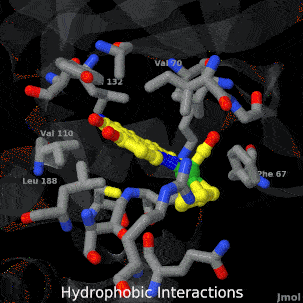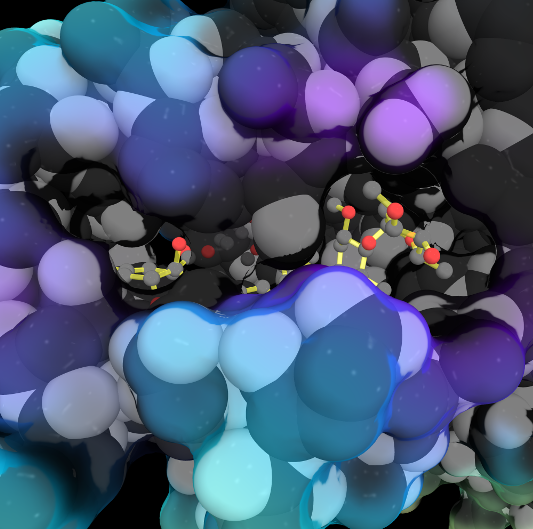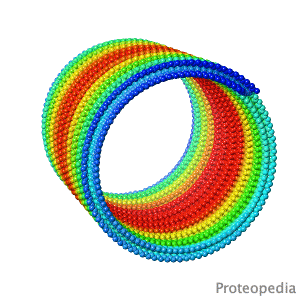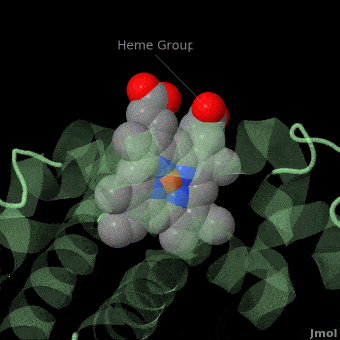User:Jaime.Prilusky/Test/Sortable
From Proteopedia
| Line 12: | Line 12: | ||
</tr> | </tr> | ||
<tr> | <tr> | ||
| - | <td | + | <td style="padding: 5px;"> {{Proteopedia:Featured JRN/{{#expr: {{#time:U}} mod {{Proteopedia:Number of JRN articles}}}}}}</td> |
| - | <td | + | <td style="padding: 5px;">{{Proteopedia:Featured ART/{{#expr: {{#time:U}} mod {{Proteopedia:Number of ART articles}}}}}}</td> |
| - | <td | + | <td style="padding: 5px;"> {{Proteopedia:Featured SEL/{{#expr: {{#time:U}} mod {{Proteopedia:Number of SEL articles}}}}}}</td> |
| - | <td | + | <td style="padding: 5px;"> {{Proteopedia:Featured EDU/{{#expr: {{#time:U}} mod {{Proteopedia:Number of EDU articles}}}}}}</td> |
</tr> | </tr> | ||
</table> | </table> | ||
Revision as of 05:31, 17 February 2018
|
Welcome to Proteopedia | |||||||||||
| Journals | Art on Science | Selected Pages | Education | ||||||||
|
|
|
|
||||||||





